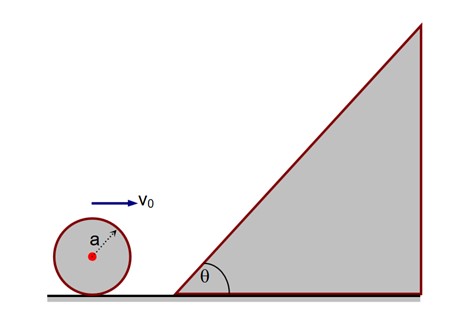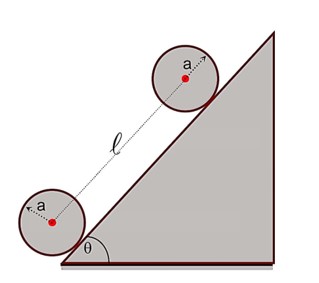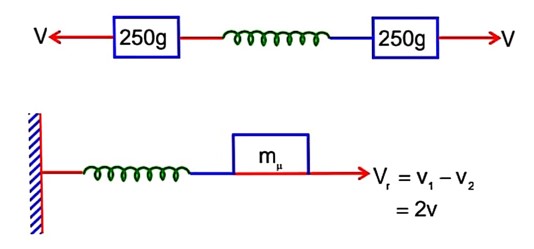Work, Energy and Power
Get insights from 177 questions on Work, Energy and Power, answered by students, alumni, and experts. You may also ask and answer any question you like about Work, Energy and Power
Follow Ask QuestionQuestions
Discussions
Active Users
Followers
New answer posted
3 months agoContributor-Level 10
Using conservation of energy between initial and final position shown :
New answer posted
3 months agoContributor-Level 10
At central point on screen, path difference is zero for all wavelength. So, central bright fringe is white and other fringes depend on wavelength as .
Therefore, other fringes will be coloured.
New answer posted
3 months agoContributor-Level 10
By work energy theorem
Work done = change in K.E.
Work done by friction work done by spring
As 90% of K.E. is losed by friction so that
-K -> -16 * 105
K = 16 * 105
New answer posted
3 months agoContributor-Level 10
Formula for Power = F·v cos
According to the question, force is perpendicular.
So = 90
and cos 90 = 0
Hence, the result turns out to be 0 i.e. no power generated inspite of force being applied.
New answer posted
3 months agoContributor-Level 10
In simple words,
Energy = total work done on an object.
Power = how fast the work is done on an object.
For example: Writing an article vs how fast you write the article. This sums up the exact meaning of both these terms.
New answer posted
3 months agoContributor-Level 10
No. Even if the power is higher, the energy can be inefficient. This happens when much of the energy generated gets wasted or isn't utilized as effectively as it should have been. In such cases, high power can still lead to inefficiency of energy.
New answer posted
3 months agoContributor-Level 10
No. Since kinetic energy is a scalar quantity, it only depends on speed of the body and not the direction. So if the direction of the body is changed but the speed remains unchanged, there won't be any effect on the kinetic energy. However, if changing the direction also changes the speed of the body, then kinetic energy of the body will also change.
Taking an Exam? Selecting a College?
Get authentic answers from experts, students and alumni that you won't find anywhere else
Sign Up on ShikshaOn Shiksha, get access to
- 65k Colleges
- 1.2k Exams
- 679k Reviews
- 1800k Answers




